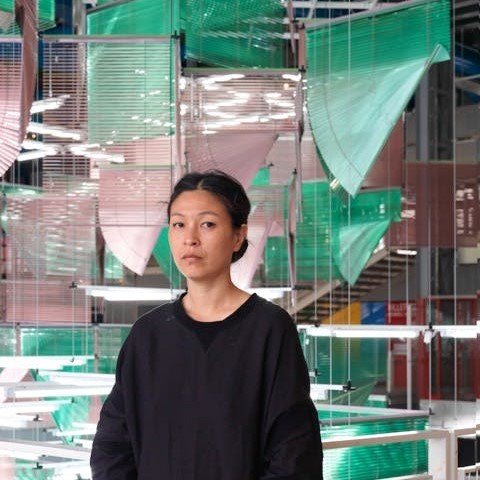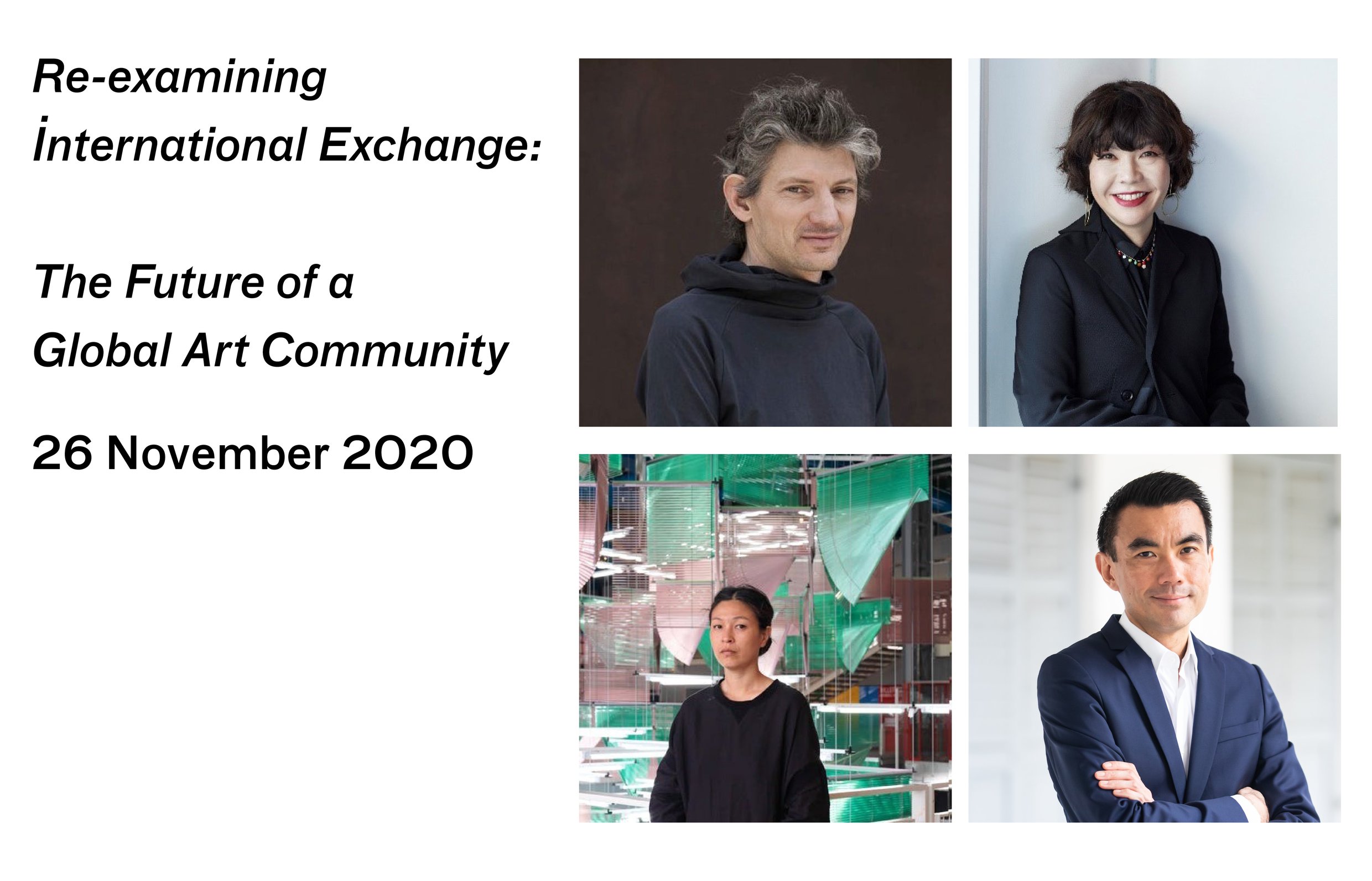"What do international productions mean in a non-traveling era without international crowds?"

What do international productions mean in a non-traveling era without international crowds? To be provocative, I could ask, “Can it be reduced to that simplistic constellation where an international artist is shown only to the local audience? Even if this crisis is temporary, shouldn’t we ask whether there was any loss, what we have learned from it, and how we can compensate for the community’s loss?” All these bring me to the notion of an “ownership of time,” no matter how disastrous or discouraging the time has been.
Haegue Yang, South Korean artist, based in Berlin and Seoul, and panelist at CIMAM's Rapid Response Webinar #7: Re-examining International Exchange: The Future of a Global Art Community.
#7 Re-examining International Exchange: The Future of a Global Art Community

Thursday 26 November 2020
- Andrea Lissoni, Artistic Director, Haus der Kunst, Munich.
- Haegue Yang, South Korean artist, Berlin, Seoul.
- Mami Kataoka, President of CIMAM, Director, Mori Art Museum, Tokyo.
Moderated by Eugene Tan, CIMAM Board Member, Director of National Gallery Singapore and Singapore Art Museum.
Abstract
The COVID-19 pandemic has thrown into sharp relief the internationalism upon which contemporary museology is premised. Yet given the current situation, such as with travel restrictions, doubts have surfaced about the sustainability of this premise and its practices (to say nothing of its impact on the climate crisis); this is coupled with the rising perspective that museums should focus on local communities and their collections.
How then should museum professionals, curators, artists, and cultural workers approach and rethink the relationship between institutions, locals, and the world?
Are there ways we can re-think what the international can mean? Will we witness—or even bring about—an entrammelled internationalism, or can we conceive of new modes of exchange and collaboration that is both more sustainable, and more inclusive?
How can we support new generations of practitioners to ensure that we do not lose the sense of a global art community?
Noteworthy Quotations from Haegue Yang intervention in CIMAM's Rapid Response Webinar #7: Re-examining International Exchange: The Future of a Global Art Community:
I consider myself as part of a generation of artists belonging to this era of globalization. We were like messengers sharing our opinions and experiences generously, and this used to lead to an articulation of some kind of international consensus. Now we miss these wide circulations of messengers. If there is no international crowd debating and doing their messenger job, how would that affect our scene? Don’t we need a new platform to strengthen our international exchange? Haegue Yang
During this pandemic, I couldn’t install my work in person for many exhibitions and had to rely on the museum staff and even their perceptions. This situation makes the artist and the exhibition incredibly vulnerable, and we can both collectively acknowledge this new common basis for stronger solidarity. However, this mutually encouraging and selfless partnership can only be assumed with great trust and a mutual respect for our non-compromising engagement in art. Haegue Yang
In the face of this crisis, we need a platform for stronger solidarity; one where a feeling of community can be shared, to honor each institution’s efforts and struggles, and to strengthen each one’s engagement. These efforts should be directed at the younger generations who can continuously grow with internationally minded institutions. Haegue Yang